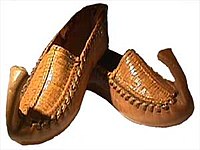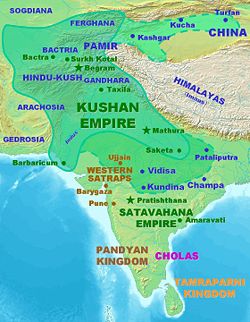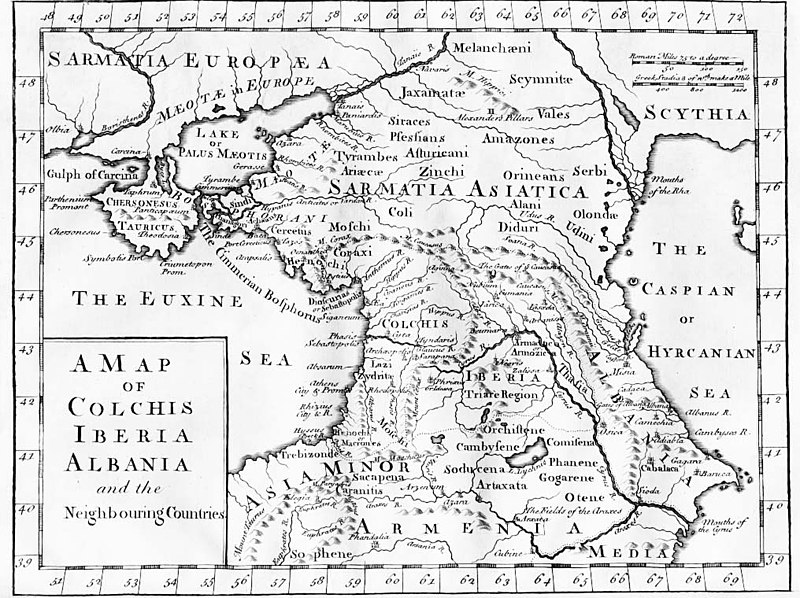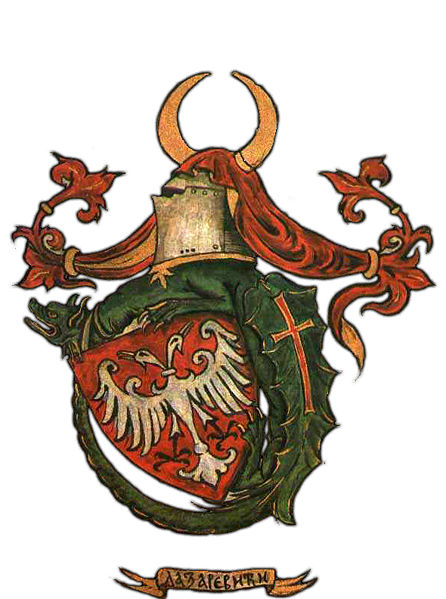truthSeeker
Primećen član
- Poruka
- 862
Da li su Pelasti u stvari Belasti? (imamo potvrđenu promenu b/p)
Da li su Seri i Beli, sjajni i beli dve različite populacije?
R1a i I2a?
Da dodam da je galataj, mlečno belo.
...
mene lično Pelazgi asociraju na Poljake
zbog jako stare zapadno-slovenske R1a M458 u Srbiji, zbog imena koje je slično i ima isto značenje....
mislim da su Pelazgi poznati i kao Peleset morski ljudi...
na to upućuje i zlobno poređenje koje Aristofan čini u komediji ptice gde Pelazge poredi sa rodama koje moraju da odu negde (u ovom slučaju u Egipat) od kuće da negde ratuju i gnezde se...
da li su Palestinci njihovi potomci po imenu ne znam....
zanimljivo u vezi tvog pitanja je da se u Eshilovoj drami kaže da Pelazgi govore Karba jezik...ne bih komentarisao značenje te izjave...može biti i pesnička sloboda...može biti i da Karba nema veze sa Sarb/Sart tj. Serijanima...
In Aeschylus's play, The Suppliants, the Danaids fleeing from Egypt seek asylum from King Pelasgus of Argos, which he says is on the Strymon including Perrhaebia in the north, the Thessalian Dodona and the slopes of the Pindus mountains on the west and the shores of the sea on the east;[20] that is, a territory including but somewhat larger than classical Pelasgiotis. The southern boundary is not mentioned; however, Apis is said to have come to Argos from Naupactus "across" (peras),[21] implying that Argos includes all of east Greece from the north of Thessaly to the Peloponnesian Argos, where the Danaids are probably to be conceived as having landed. He claims to rule the Pelasgians and to be the "child of Palaichthon (or 'ancient earth') whom the earth brought forth".
The Danaids call the country the "Apian hills" and claim that it understands the karbana audan[22] (accusative case, and in the Dorian dialect), which many translate as "barbarian speech" but Karba (where the Karbanoi live) is in fact a non-Greek word. They claim to descend from ancestors in ancient Argos even though they are of a "dark race" (melanthes ... genos).[23] Pelasgus admits that the land was once called Apia but compares them to the women of Libya and Egypt and wants to know how they can be from Argos on which they cite descent from Io.[24]
In a lost play by Aeschylus, Danaan Women, he defines the original homeland of the Pelasgians as the region around Mycenae.[25]
http://en.wikipedia.org/wiki/Pelasgians
http://en.wikipedia.org/wiki/PelasgiansHe states that the Pelasgians of Athens were called "Cranai"[44] and that the Pelasgian population among the Ionians of the Peloponnesus were the "Aegialian Pelasgians".[45] Moreover, Herodotus mentions that the Aeolians, according to the Hellenes, were known anciently as "Pelasgians".[46]
pitanje je da li naziv Cranai može biti oblik naziva Serian?
pa imamo jedan trag...Po Herodotu Pelazgi su dali Aeolian Grke...
Aeolus je mitski otac bogova vetra Anemoi kod Grka (isti bogovi su Venti kod Rimljana) a mitološka majka za bogove vetra je boginja zore Eos tj. Zora /Serpanit / Danu /Asura /Aušrine /Astarte /Ostara/ Ištar) ...ovi Venti se po poziciji i imenu lako mapiraju u sarmato-venetska plemena Ilirije, Panonije, Dakije plus Aorsii plus Boreas (Burri /Belorusi /Prusi) plus Feničani ...
http://en.wikipedia.org/wiki/AnemoiThey were sometimes represented as mere gusts of wind, at other times were personified as winged men, and at still other times were depicted as horses kept in the stables of the storm god Aeolus, who provided Odysseus with the Anemoi in the Odyssey. The Spartans were reported to sacrifice a horse to the winds on Mount Taygetus.[1] Astraeus, the astrological deity sometimes associated with Aeolus, and Eos, the goddess of the dawn, were the parents of the Anemoi, according to the Greek poet Hesiod.
o mapiranju bogova Venti na venetsko-sarmatska plemena
http://forum.krstarica.com/showthread.php/420890-%D0%93%D0%95%D0%9D%D0%95%D0%A2%D0%98%D0%A7%D0%9A%D0%90-%D0%93%D0%95%D0%9D%D0%95%D0%90%D0%9B%D0%9E%D0%93%D0%98%D0%88%D0%90?p=27356834&viewfull=1#post27356834
znači po grčkoj mitologiji Pelazgi su po svemu sudeći pra-Sloveni
zanimljivo je i da Roberto Salinas Prajs tvrdi da su Ilijada i Odiseja originalno bili napravljeni na jeziku bliskom slovenskim jezicima pa prepevani na grčki...
na sledećoj mapi su u žuto obojena područja gde dominira Aeolian Greek tj. ona gde je verovatno najveći udeo Pelazga...

na Aeolic Greek jeziku ἀέλιος āélios znači sunce tj. kao i kod Srba /Alana /Sordisc-a ima veze sa sijanjem...
http://en.wikipedia.org/wiki/Aeolic_Greek
takođe reč ἴρον iron (Attic ἱερόν hierón ) (Doric hiarón) (Ionic hirón)znači holy /svet
iron je ime iranaca...surbi u Jermeniji znači sveti
ovo nam govori da plemensko ime iranci ima koren iz istog jezika kojim govore Pelazgi tj. moguće je da su ključni element kod ranih Iranaca R1a ljudi koji sa Balkana odlaze u Aziju...
u vezi raznih reči za kolo Sarba, Sardanesku, Sirtaki, tartanela...
καρπαία karpaia Thessalo-Macedonian mimic military dance (see also Carpaea) Homeric karpalimos swift (for foot) eager,ravenous.
ostale reči iz tabele sa linka gore koje mogu imati neke veze sa Slovenima ili direktno ili preko PIE
βακχόα bakchoa (Attic βόθρος bothros sacred dungeon, pit)
pećina
βάλλα balla threshold ( Attic βῆλος bēlos ) ( Doric balos )
beleg
βραδανίζω bradanizō brandish,shake off. ( Cf.Elean bratana Common rhatane )
vrdati
βράιδιον braidion (Attic ῥάιδιον rhaidion easy)
rado - eagerly
δράσειν drasein (Attic θύειν to sacrifice)
drznuti - to dare (drznuti se je ispoljiti smelost a to znači biti spreman da se nešto žrtvuje)
ζάδηλον zadelon with holes in it,open (Attic diadelon obvious) (Alcaeus 30 D 148P)
sedlo ima oblik sa otvorom odozgo
ἴσσασθαι issasthai (Attic κληροῦσθαι klerousthai to take sth by lot)
ošišati
καυαλέον kaualeon Hsch (Attic αἶθος aithos fire, burning heat) (Cf.kaiō burn)
kalna , kaliti
κλᾷδες klaides Doric also (Attic kleides bars, bolts, keys)
klade
μέσσυϊ messui (Attic ἐν μέσῳ in the middle)
među
μόλσος molsos (Attic δημός, fat)
masan
ὄθματα othmata (Attic ommata eyes)
oči
ὄν ónὄνα óna (Attic ἀνά aná) upon,through,again (Arcadocypriot also)
ponovo
πέμπε pempe five (Attic πέντε pente, Pamphylian πέδε pede ) ( πεμπάσσειν pempassein to count per five) (Attic pempe imp. of pempō send)
pet
πέσδος pésdos pedestrian,infantry) (Attic πεζός pezós)
pešak
συρξ syrx (Attic σάρξ flesh) (dative plural σύρκεσιν syrkesi Attic σαρξίν sarxin)
sirište
τῦδε tude tudai and tuide here) (Ionic tēde)
tuda
ὔσδος usdos (Attic ozos twig,branch)
uzda
φηρία phēria (Attic θηρία thēria beasts)
zveri
Boeotian[edit]
βανά bana (βαλάρα balara) woman ( Attic gunē ) (βανῆκες, banēkes βάττικες battikes women ( Attic gunaikes )
žena
ζεκελτίδες zekeltides gourds [11] Amerias zakeltides (Phrygian zelkia vegetables)
zelje
ἰστάκη istake scythe (Attic δρέπανον drepanon)
kositi
ἰώ iō and hiōn (Attic ἐγώ egō, I) (hiōnga iōga for egōge)
ja
Καραιός Karaios Boeotian epithet for Zeus meaning tall,head. Boeotian eponym Karaidas[12]
kralj
ὀφρυγνᾷ ophrygnai (Attic ὀφρυάζειophryazei he winks raising the eyebrow,to be haughty)
(za)frkavati
βεβυκῶσθαι bebukousthai to be swollen (Homeric βυκτάων buktaon blowing)
buktati
δάρατος daratos Thessalian bread (Macedonian dramis) (Athamanian dramix) (PIE *der- cut,split)
drati
δέσποινα despoina woman (Attic gunē, Doric guna) (fem. of despotes)
žena, despotica
καπάνη kapanē chariot (Attic ἀπήνη apēnē) also, a helmet(kapanikos plenteous
kapa (za helmet)
kabina
κίς kis who, anyone (Attic tis) (Laconian tir) (Arcadocypriot sis)
koji
νεβεύω[19] nebeuō pray (Macedonian neuō) (Attic euchomai, neuō wink)
nebo = heaven
Poslednja izmena:





























